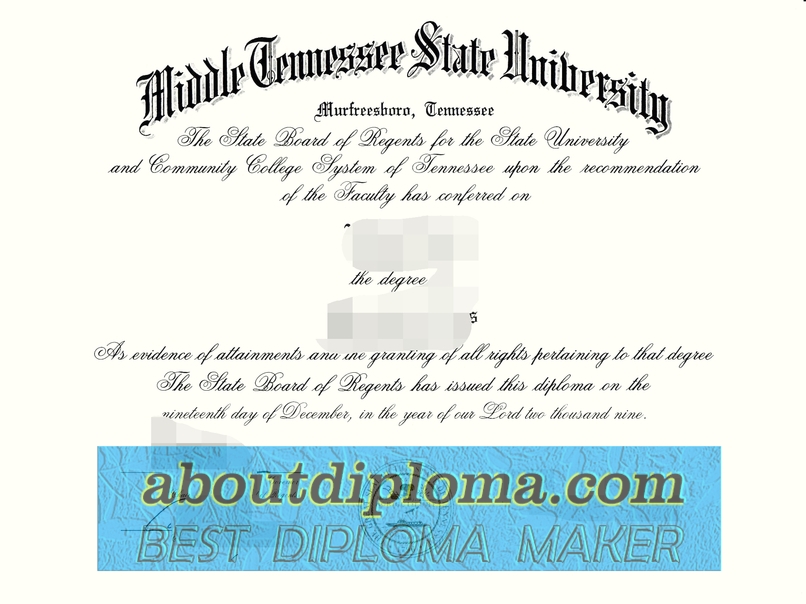Whether you're framing your diploma for display or creating digital copies for professional use, knowing how to accurately replicate your Middle Tennessee State University diploma is essential. This guide will walk you through the process of copying your MTSU diploma step by step.
Why Copy Your Diploma?
Before diving into the process, let's consider why you might want to copy your MTSU diploma:
- Professional Presentation: Adding a digital or framed copy to your résumé or LinkedIn profile can impress potential employers.
- Multiple Copies for Different Purposes: You may need several copies for different occasions or locations.
- Digitization for Easy Access: Storing a digital version makes it easier to access and share your diploma.
Step-by-Step Guide
Step 1: Gather Your Materials
Before you begin, ensure you have all the necessary materials:
- Original MTSU Diploma
- Scanner or high-quality camera with good lighting
- Flat surface for laying out the diploma
- Ruler or measuring tool to maintain consistency in framing if applicable
Step 2: Prepare Your Workspace
Find a well-lit area that minimizes shadows and reflections. Place your diploma on a flat, clean surface such as a table or desk.
Step 3: Scan or Photograph Your Diploma
Use either a scanner or a camera to capture an image of the diploma:
- Scanning: If using a scanner, ensure it is set to scan in high resolution . Place your diploma face down on the glass and start scanning.

- Photographing: Position yourself at eye level with the diploma. Take several photos from different angles to avoid distortion or shadows. Ensure the image is clear, sharp, and free of glare.
Step 4: Edit Your Image
Once you have your scanned or photographed image:
- Open the image in an editing software such as Adobe Photoshop, GIMP, or even a basic editor like Preview or Paint .
- Adjust brightness, contrast, and sharpness to enhance clarity.
- Crop the image if necessary to remove any unnecessary borders.
Step 5: Save Your Copy
Save your digital copy in multiple formats for different uses:
- PDF: Ideal for sending via email or uploading online.
- JPEG: Great for social media or professional profiles.
- TIFF: Best for high-resolution prints or framing.
Step 6: Print or Frame
If you want to create a physical copy of your diploma, print the document on high-quality paper. You can then frame it if desired, ensuring durability and display quality.
Tips for Perfect Copies
- Consistency in Color: Ensure that the color settings are consistent across all copies.
- Resolution Check: Verify that the resolution is adequate to avoid pixelation when printed or displayed digitally.
- Background Clarity: Make sure there’s no shadow behind your diploma, which can affect its appearance.
Conclusion
Copying your Middle Tennessee State University diploma doesn't have to be complicated. By following these steps and using the right tools, you can create a clear and professional copy of your cherished academic achievement. Whether for display or convenience, having multiple copies ready ensures that you're always prepared to showcase your accomplishments.


